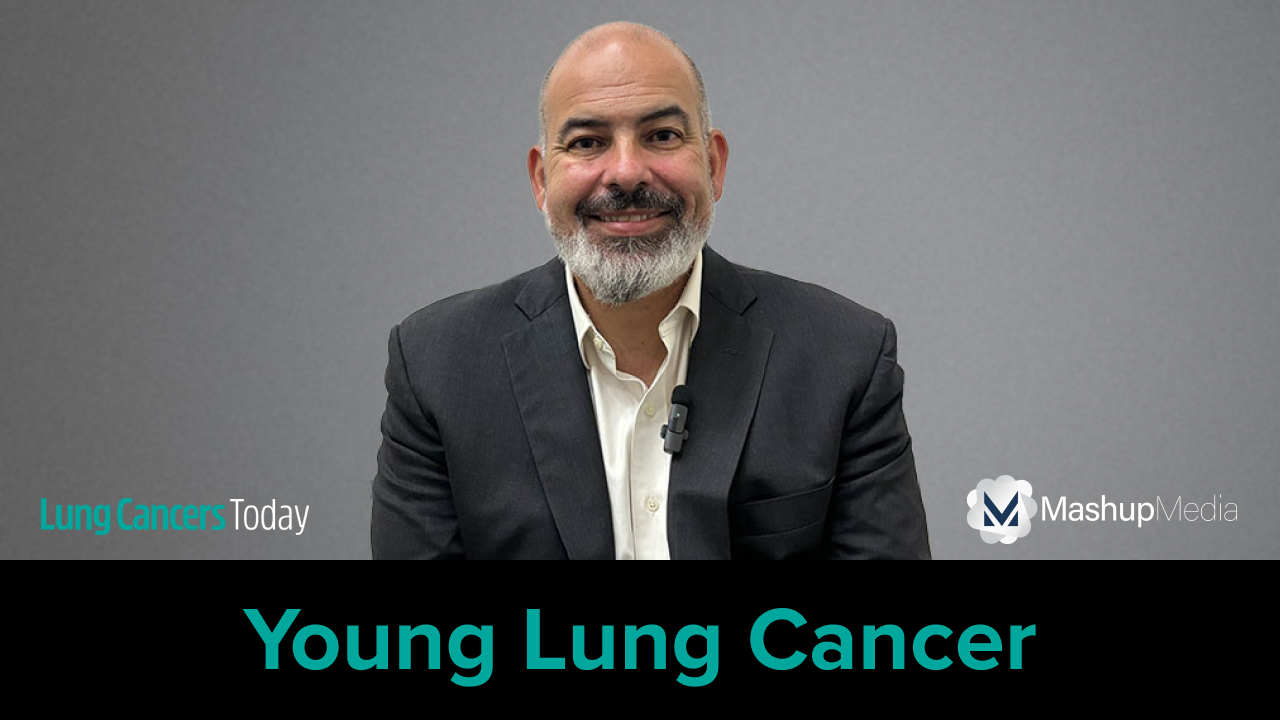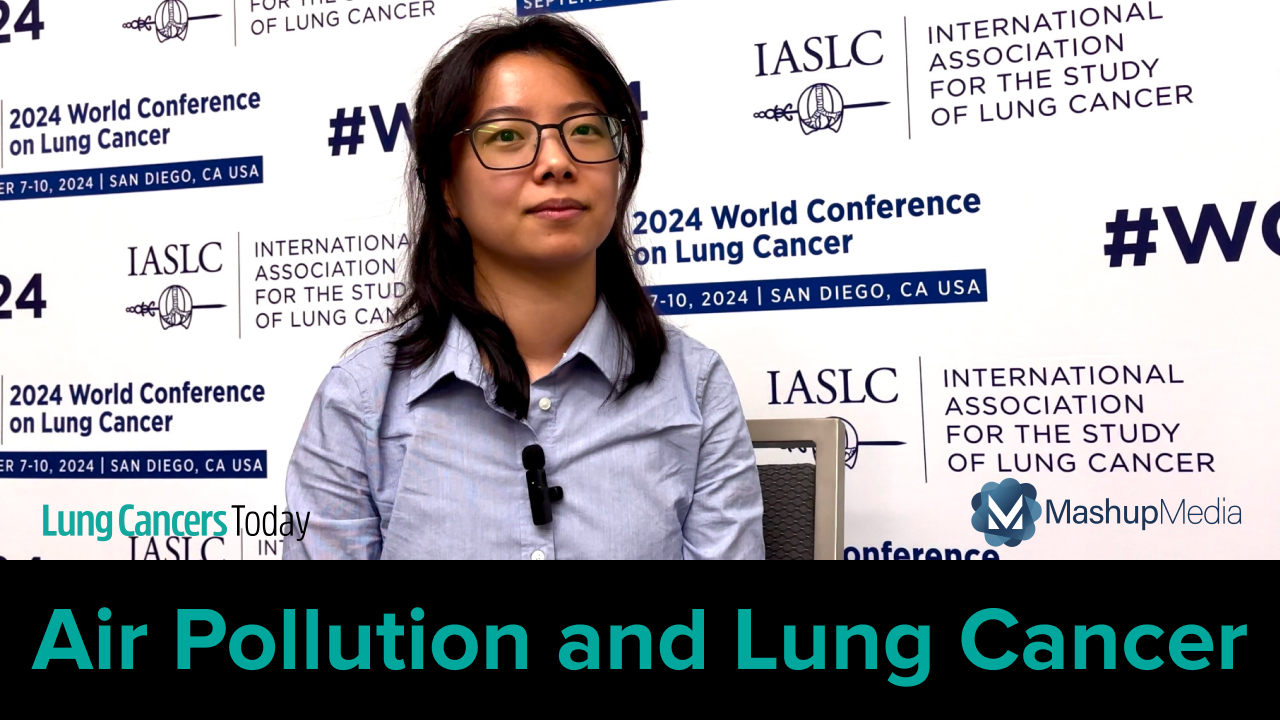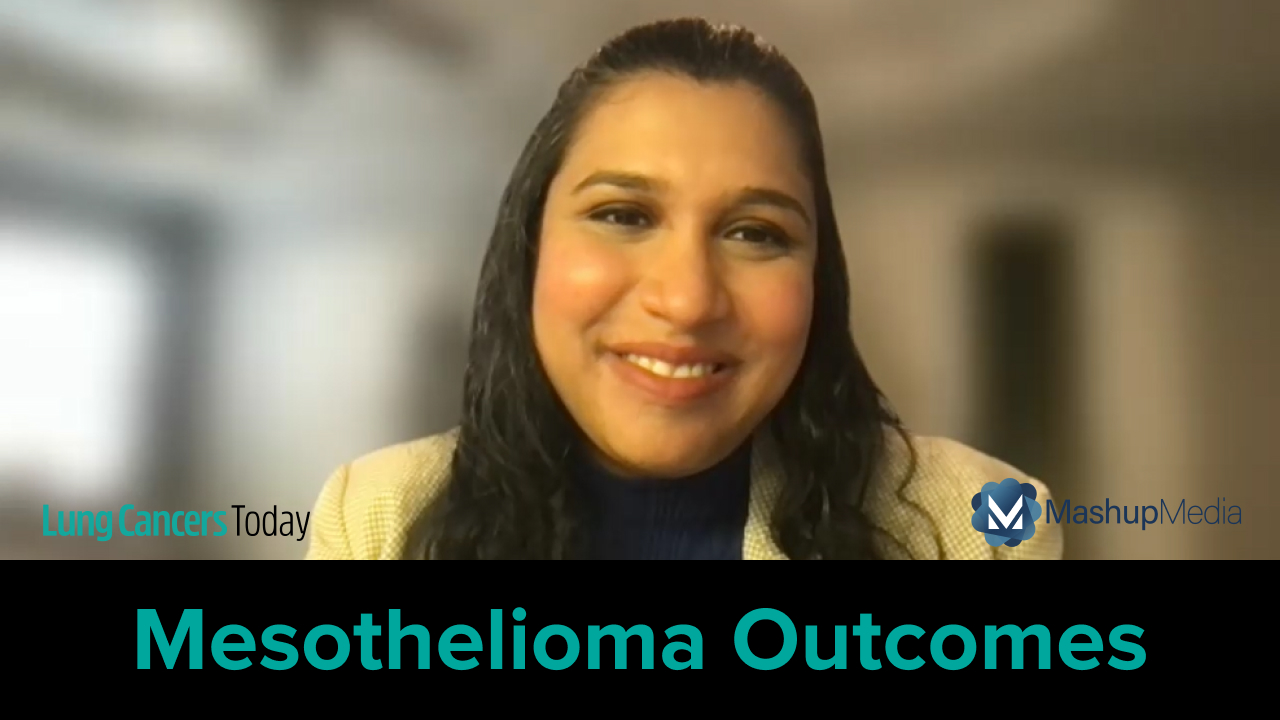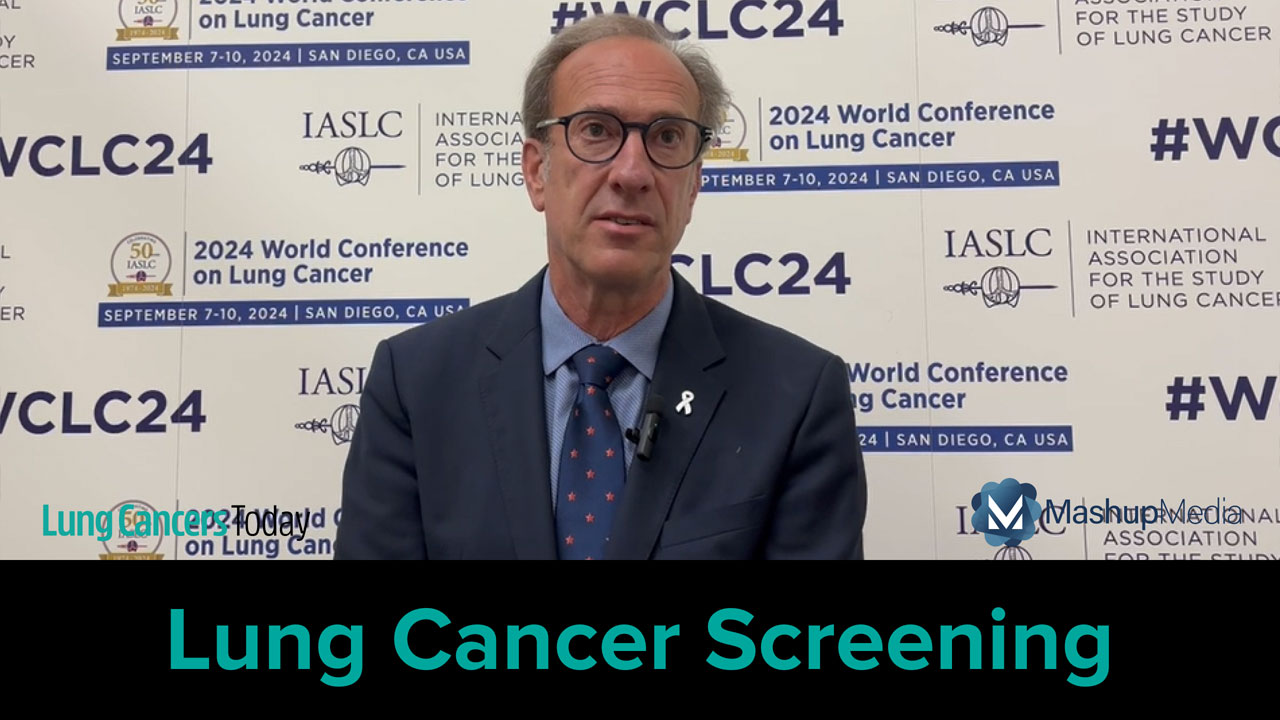Dr. Halmos Weighs In on Key Data at the IASLC 2024 World Conference on Lung Cancer
By Balazs Halmos, MD, Cecilia Brown - Last Updated: September 13, 2024Balazs Halmos, MD, of the Albert Einstein College of Medicine and Montefiore Medical Center, joined Lung Cancers Today at the IASLC 2024 World Conference on Lung Cancer to weigh in on key highlights from the meeting.
“We’ve just had a fantastic couple of days… We’ve learned so much,” Dr. Halmos said.
Dr. Halmos highlighted multiple presentations from the Presidential Symposiums at the meeting, including the HARMONi-2 trial, which compared the investigational bispecific antibody ivonescimab with pembrolizumab in patients with PD-L1–positive non-small cell lung cancer (NSCLC).
“We’ve seen, of course, tremendous progress as a result of checkpoint inhibitors, but it’s always nice to see further progress,” he said. “This study actually suggests there’s a significant progression-free survival benefit with this novel agent.”
If the progression-free survival benefit translates into an overall survival benefit and can be replicated in other populations, the study could be “transformational for our field,” Dr. Halmos said.
The first Presidential Symposium also featured a patient-level data analysis of CheckMate 77T versus CheckMate 816, which was a “very, very intriguing update in the CheckMate series of studies,” Dr. Halmos said, as it compared perioperative versus neoadjuvant nivolumab for resectable NSCLC.
While this type of comparison can come with potential biases and flaws, Dr. Halmos explained, he said that it provides “a little bit of a glimpse of what the perioperative treatment could produce, especially in patients who do not achieve a pathological complete response,” which is important because “this is about 75% of our patients and these patients have a reasonably high chance of recurrence.”
Dr. Halmos also highlighted new data on antibody-drug conjugates in lung cancers, including the TROPION-Lung 01 study evaluating datopotamab deruxtecan versus docetaxel in patients with NSCLC.
“We’ve been anxiously waiting for updated results… what we’re seeing is that while there’s a progression-free survival with the novel agent datopotamab deruxtecan, there’s really no overall survival benefit that we can see from the overall patient population, and that’s a bit of a disappointment,” Dr. Halmos said. “But if you dig further, you can recognize that one very key subset, non-squamous non-small cell lung cancers, there’s more enriched benefit, and there, the overall survival trends are more robust, suggestive of at least some benefit.”
In addition to the final overall survival analysis of TROPION-Lung 01, the meeting also featured a presentation showing that the normalized membrane ratio of TROP2 by quantitative continuous scoring is predictive of clinical outcomes in TROPION-Lung 01.
“If we look at the same biomarker and we look at biomarker negative patients, the benefits are significantly less, so this is logical,” Dr. Halmos said. “Certainly, we need further information, and the test is very, very unique and will require major changes to practice in pathology when it comes to biomarker testing.”
He also highlighted the SOHO-01 and Beamion LUNG-1 studies, which evaluated novel tyrosine kinase inhibitors (TKIs) and were presented back-to-back during a Presidential Symposium.
“The good news is that they’re very similar, highly active… they look like twin siblings at the present time, both very exciting, not a ton of differentiators yet, but certainly seem active enough to be put now to a larger test in randomized studies as compared to chemotherapy, with high hopes that this can bring new excitement and new agents to our clinics.”
Dr. Halmos concluded by reflecting on the significance of this year’s meeting and the diverse voices that it brought together for collaboration, connection, and inspiration.
“This was the 50th birthday for the International Association for the Study of Lung Cancer, and what we’ve felt throughout the conference is that this is such an incredible organization bringing together all the stakeholders of our field.”







 © 2025 Mashup Media, LLC, a Formedics Property. All Rights Reserved.
© 2025 Mashup Media, LLC, a Formedics Property. All Rights Reserved.